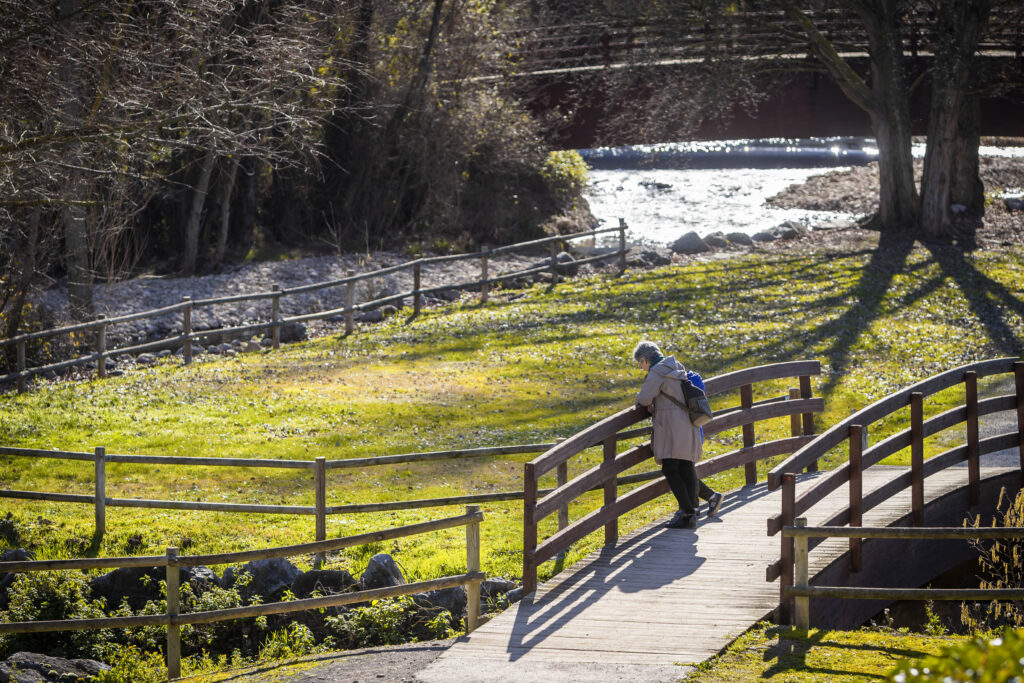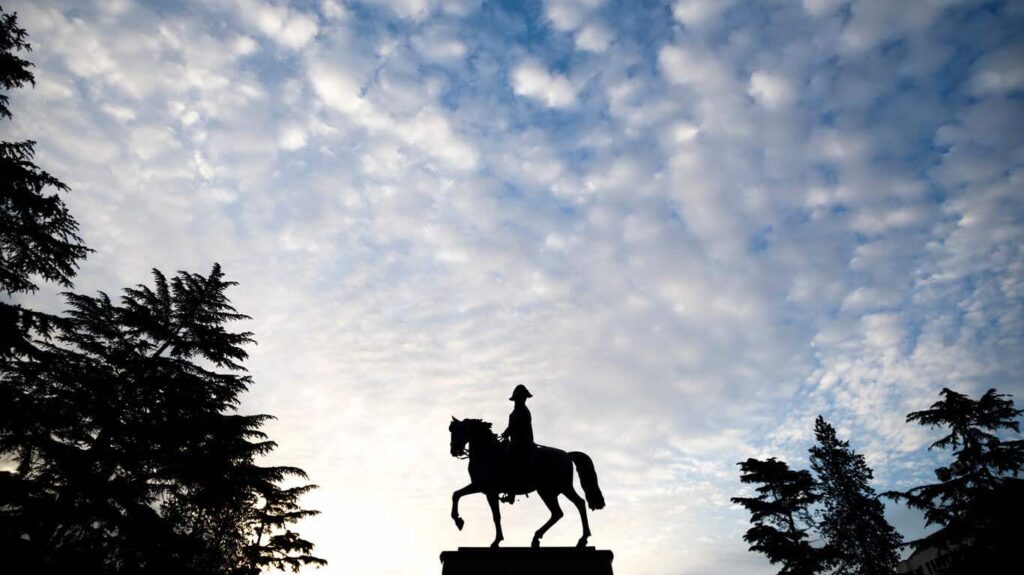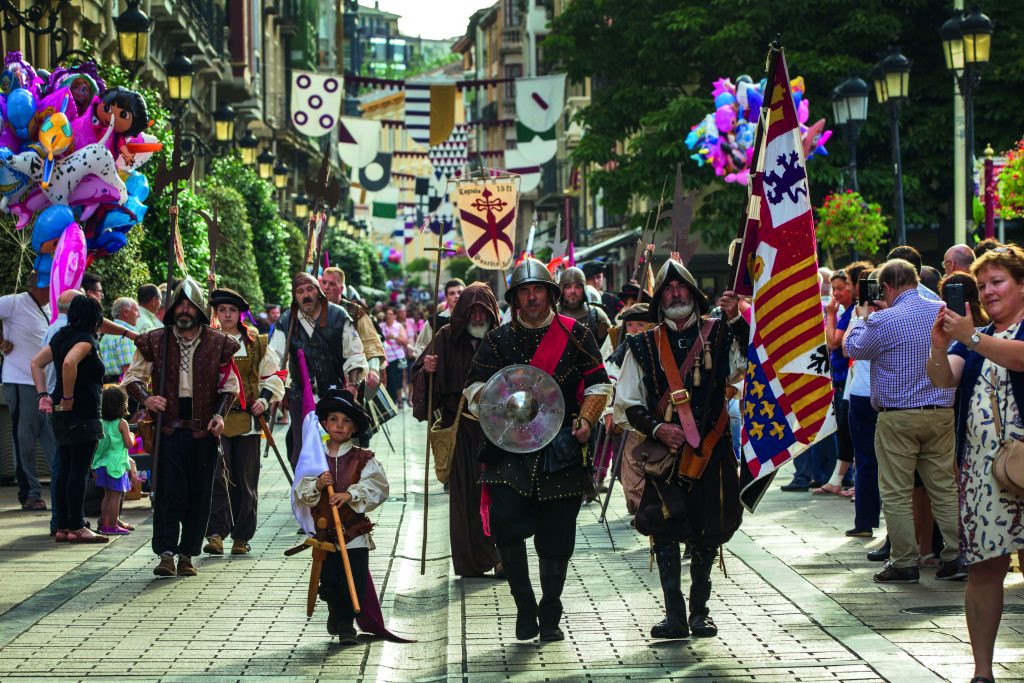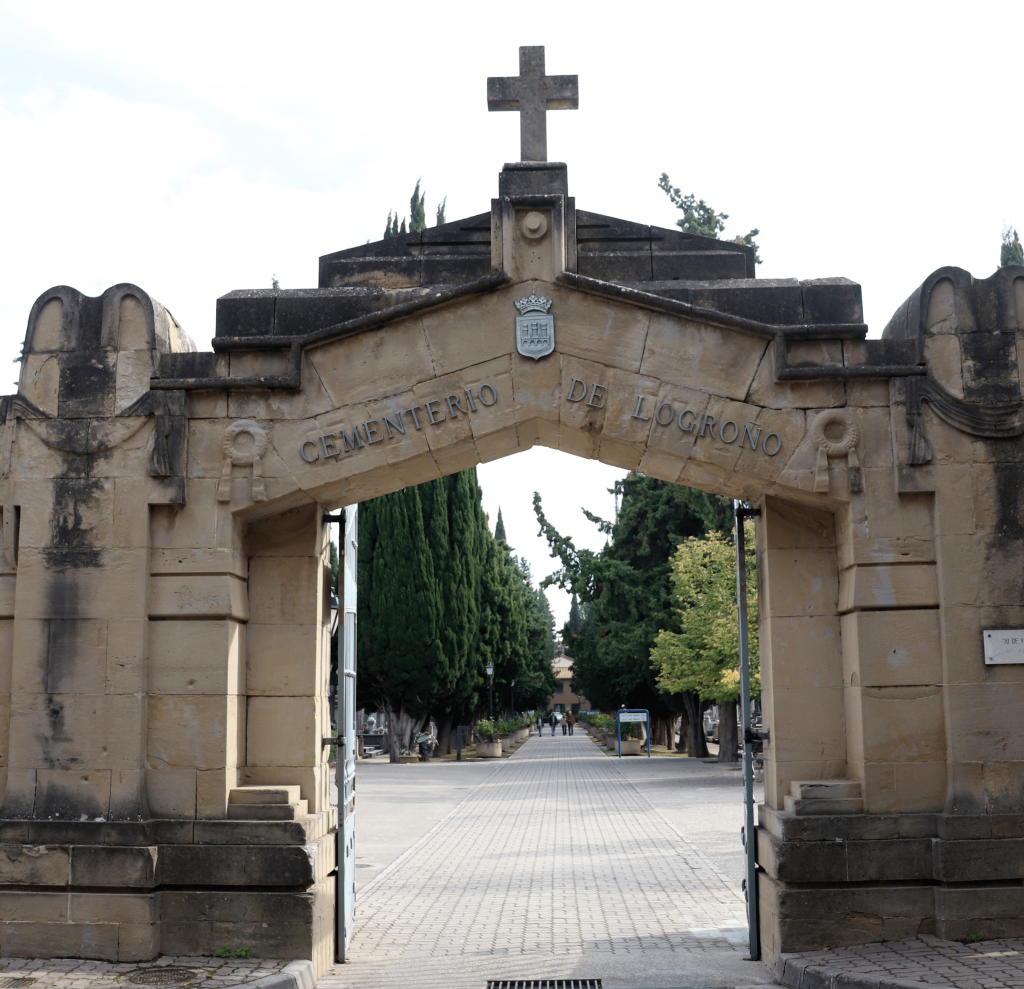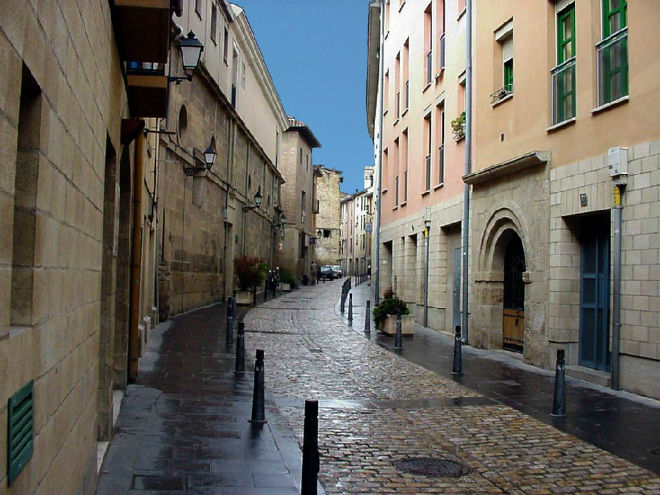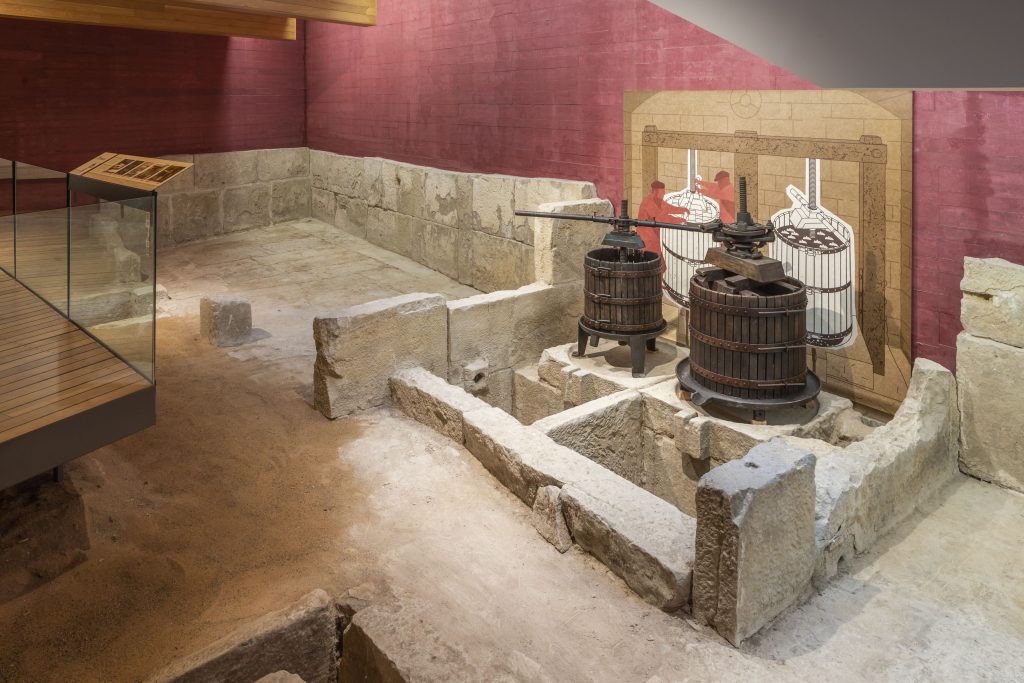The capital of La Rioja is one of the cities in Spain with the most green areas per inhabitant, a fact that is a source of pride and a source of well-being in equal measure.
A city is pleasant for those who live in it to the extent that it has parks, gardens and green areas. As Lorca said: “Green, I love you green”. It has been proven that vegetation is key to ensuring a better and healthier life for those who have it close to their homes.
Logroño meets this objective, which is essential for any self-respecting sustainable and environmentally friendly city.
Seen from above, the capital of La Rioja stands out for the quadrangular olive green areas distributed along the length and breadth of the urban area. The city would not be what it is without its parks, symbol not only of its urban identity today, but of what it aspires to be.
Because the truth is that Logroño is the sixth city in Spain in terms of parks per inhabitant, with 11.26 square metres of green space per capita, which is the result of dividing the 1.7 km² of parkland by the 151,021 inhabitants of Logroño included in the 2020 census. And if we talk about parks – which is precisely what this post is about – we must start by looking at the largest of them all: La Ribera park.
Located in the eastern part of the city, this park of more than 300,000 m² is an ideal place for all kinds of recreational activities, from family bike rides to solitary runningsessions with the banks of the Ebro as a backdrop.
Within its limits, which we can set from the stone bridge to the vicinity of the municipal water treatment plant, are two of the most important buildings in Logroño:the bullring and the Riojaforum.
Built at the beginning of the 21st century, the first of these buildings came to replace the city’s previous arena, reinterpreting the concept of a bullring to create something new, a multidisciplinary space that has hosted both major concerts and sporting events, including Davis Cup qualifiers and a basketball match between the Spanish and Argentinian national teams.
The second is a top-flight congress centre with its large windows facing a gentle green hill with zigzagging paths..
Nearby is the Ebro Park. Of more humble dimensions – its surface area is less than half that of La Ribera – the history of this place is that of a reconquest or, rather, of a rediscovery. Unlike other cities, which have made rivers a characteristic part of their landscape, a fundamental part of their identity, until not so long ago, Logroño lived with its back to the Ebro.
The river mass, which acts as the urban backbone in Zaragoza, was seen in the capital of La Rioja as an impediment, a frontier to the other side where there was nothing interesting to do. This idea changed radically in 1993, with the creation of the Ebro Park, which took the first step towards rediscovering a part of the city that, until then, had gone completely unnoticed.
The lovers who met in the Parque de los Enamorados, the second largest in the city, also wanted to go unnoticed. Unlike the two previous parks, this one is not near the Ebro, but on the western edge of the city, not far from the Campo Viejo winery.
Despite what you might expect given its name, the Enamorados (Lovers) Park is not romantically inspired, with flowery gardens and Versaillesque gaudiness, but a large space designed especially for the youngest members of the family to enjoy.
Its long paths make for a pleasant walk under the shelter of the trees that link the two old water reservoirs – one circular and the other rectangular – created by Amos Salvador in 1889. These buildings with a certain ghostly air due to the passage of time, but they are no less interesting for that.
But if there is one green area that defines Logroño, acting as both the green and historic centre of the city, it is undoubtedly the Espolón. Since its inauguration in the 18th century, its central location has made it a meeting place, the hub where you can easily take the pulse of Logroño society.
Sooner or later, everyone ends up passing through this landscaped square, whose official name is Paseo del Príncipe de Vergara, a name that has never been able to compete with that of ‘Espolón’, of unknown origin.
Apart from La Concha – an American-inspired auditorium that replaces the bandstand that once stood on its site – the most outstanding feature of the park is the statue in honour of General Baldomero Espartero.
Equestrian statue of General Espartero in El Espolón
He was twice president of the Council of Ministers and regent of Spain during the minority of Isabella II; he decided to spend his last days in Logroño, which is why the city erected a monument in his honour.
It is a vigorous equestrian statue by Pablo Gilbert, with a curious peculiarity: the general’s horse is particularly well endowed, as is the equine in the statue of the same name erected in Madrid by the same artist.
“Los tienes más grandes que el caballo de Espartero” (Yours are bigger than Espartero’s horse) is a saying whose authorship has been disputed between Madrid and Logroño for decades, more than twelve to be exact.
Anecdotal debates aside, the Espolón is a great place to rest for a while before continuing our route through the parks of Logroño.
Without leaving the heart of the city, just a few steps from the Espolón, is the Parque del Carmen, a exceptionally beautiful green lung.
Despite its small size, the park’s lush vegetation makes it a place where it is easy to get lost. Presiding over the space are some peacocks, which, together with the wooden statue of Don Quixote, have long since become the emblem of the place.
Near this park we can find Parque Gallarza and, almost on the edge of the urban area of Logroño, are three other parks: These are El Cubo, el Iregua and San Miguel, which serve to extend the list of green areas available to the people of Logroño, improving their health and giving them that feeling of peace and well-being one gets when close to a natural environment.
As a last stop, a little further away from the centre, but still within the municipality of Logroño, we reach La Grajera Park.
Located near a reservoir of the same name, it is a perfect place to spend a weekend day thanks to the many activities on offer: padel tennis, hiking, fishing, etc. And golf, especially golf, with its three publicly owned courses ready to meet all the needs of the visitor.
But it’s not all about sport and active entertainment as the natural complex of La Grajera also offers interesting educational possibilities based on the observation of local fauna and, even more importantly, it includes a protected area with restricted access designed exclusively to conserve one of the pillars of the capital of La Rioja: its unique nature.

